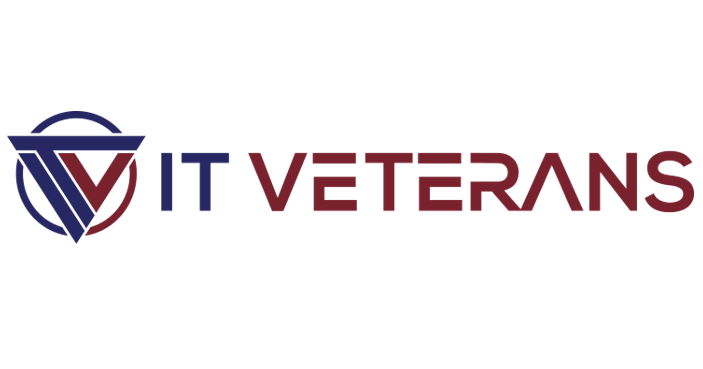Edge computing profoundly reshapes the information technology landscape within the U.S. government and military, particularly in deploying the Internet of Things (IoT) while conserving computing power.
By bringing computation and data storage closer to data generation sources, edge computing addresses critical challenges such as latency, bandwidth limitations, and security concerns that are paramount in government and defense operations.
The Role of Edge Computing in Military Operations
In military contexts, the imperative for real-time data processing is absolute. Battlefield environments demand instantaneous analysis and decision-making capabilities to ensure mission success and personnel safety.
IoT devices—from sensors and surveillance equipment to autonomous vehicles and wearable technologies—generate vast amounts of data that require immediate processing.
Edge computing enables these devices to analyze data locally, reducing reliance on distant centralized servers that may be susceptible to latency or become communication bottlenecks in contested environments.
Applications in Autonomous Systems
Unmanned aerial vehicles (UAVs) used for reconnaissance missions can process high-resolution imagery at the edge, allowing for rapid threat identification without the delays associated with transmitting data to central command centers.
This localized processing conserves bandwidth and minimizes the exposure of sensitive data over communication networks, enhancing operational security and making the audience feel secure about the technology’s role in military operations.
Realizing the Potential of Edge Computing in Smart Infrastructure and Public Safety
Edge computing also benefits the U.S. government’s smart infrastructure and public safety initiatives.
Innovative city projects incorporate IoT devices to monitor traffic flow, manage energy consumption, and detect environmental hazards.
By processing data at the edge, municipal systems can respond in real-time to changing conditions, such as adjusting traffic signals to alleviate congestion or deploying emergency services more efficiently during incidents.
The real-time capabilities of edge computing instill confidence in its role in smart infrastructure and public safety.
Conserving Computing Power through Edge Computing
Conserving computing power is critical in deploying IoT solutions across government and military operations.
Edge computing addresses this by enabling data preprocessing at the device level, filtering out redundant or non-essential information.
Only the most relevant data is transmitted to central systems for further analysis, significantly reducing the computational load and energy requirements of the devices and network infrastructure.
Security Considerations in Edge Computing Deployments
Security is another paramount concern. Edge computing supports cybersecurity by reducing the amount of data moving around a network, which reduces the risk of cyber attackers.
The US Department of Defense (DoD) strongly focuses on edge devices and networks to ensure security against modern enemies.
Providing strong encryption, authentication, and intrusion detection services at the edge can save life-saving data and preserve the integrity of military operations.
Strategic Initiatives and Guidelines
The DoD’s Digital Modernization Strategy underscores the necessity of integrating advanced technologies like edge computing and IoT to maintain technological superiority(1).
The strategy outlines plans to invest in scalable and resilient edge computing platforms that operate effectively in diverse, often austere environments.
These platforms are designed to support artificial intelligence (AI) and machine learning applications at the edge, enabling autonomous systems and enhancing situational awareness on the battlefield.
Furthermore, the National Institute of Standards and Technology (NIST) provides comprehensive guidelines for securing edge computing and IoT deployments within federal agencies(2).
NIST’s framework emphasizes risk management, advocating continuous monitoring and assessment to adapt to evolving threats.
Adhering to these standards allows government agencies to deploy efficient and secure IoT solutions, ensuring compliance with federal regulations and protecting national interests.
Conclusion
In conclusion, edge computing is instrumental in enhancing U.S. government and military information technology solutions by enabling efficient deployment of IoT while conserving computing power.
Processing data at the source reduces latency, conserves bandwidth, enhances security, and ensures critical operations can continue even in compromised connectivity environments.
As the proliferation of IoT devices continues, embracing edge computing will be essential for developing responsive, secure, and energy-efficient systems that meet the rigorous demands of government and defense operations.
Footnotes
- U.S. Department of Defense. (2019). DoD Digital Modernization Strategy. Retrieved from DoD CIO
- National Institute of Standards and Technology. (2020). Security and Privacy Controls for Information Systems and Organizations (NIST SP 800-53 Rev. 5). Retrieved from NIST Publications
